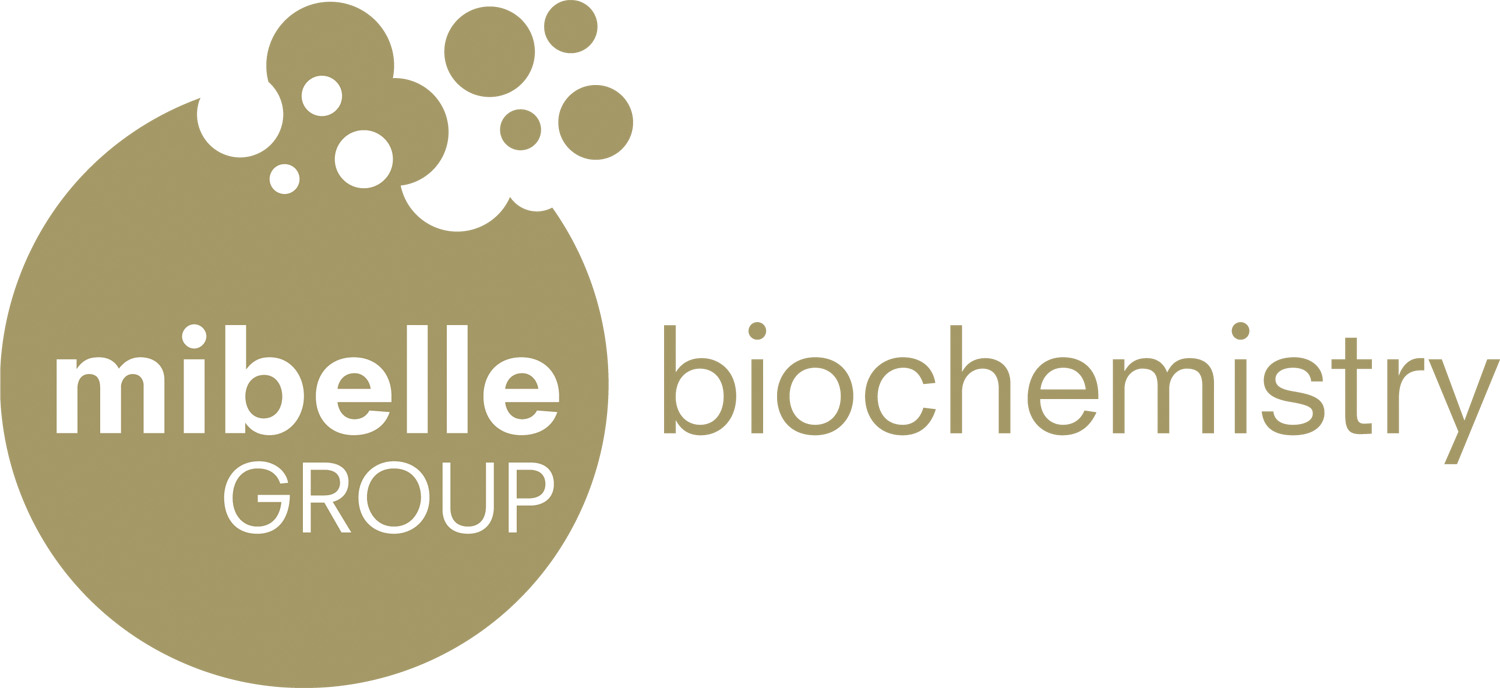Every year, cosmetic scientists, dermatologists and representatives from leading cosmetics, fragrance and personal care companies gather to discuss the year’s most important developments in the field. The 2015 International Federation of Societies of Cosmetic Chemists IFSCC Conference: ‘More facts, less illusions’, took place on 21-23 September in Zurich, hosted by the Swiss Society of Cosmetic Chemists, with more than 600 attendees from 40 countries.
This year’s meeting did not disappoint, with presentations on a wide range of key areas, including several on advances in skin science and hair biology; how to best visualise skin cells and layers; a comparison of in vivo, ex vivo and in vitro analysis methods; and increased understanding of several complex skin and hair systems, Erika Hatva reports.
Scientists are just beginning to map the complex interplay of pathways producing fine-tuned differences in phenotype, such as skin colour, thickness, texture and behaviour: An interplay between an individual's genetics, interaction with the environment (epigenetics) - which can induce biological changes that are inherited - proteomics (proteins) and coexistence with the living world of bacteria and viruses around us (microbiome) create a multifaceted, highly adaptable organ such as the skin.
Once these processes have been mapped, there is a potential for skin products and treatments to be tailored to a person's individual genetics, biochemistry and microbiome, producing targetted, bespoke results. Several presentations at IFSCC highlighted the complexity of skin and hair biology and the multiple pathways involved in the regeneration of skin and hair, shedding light on one part of the puzzle after another.




